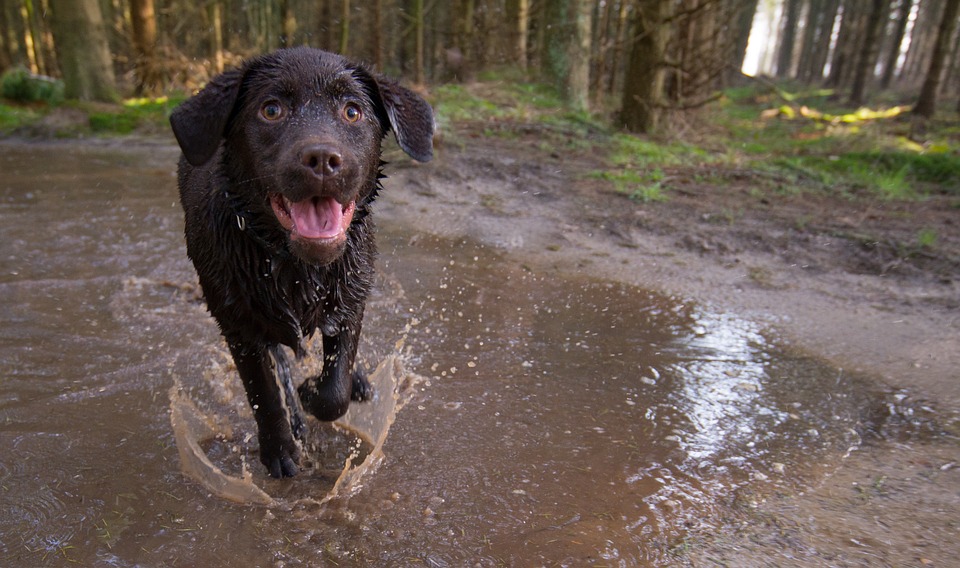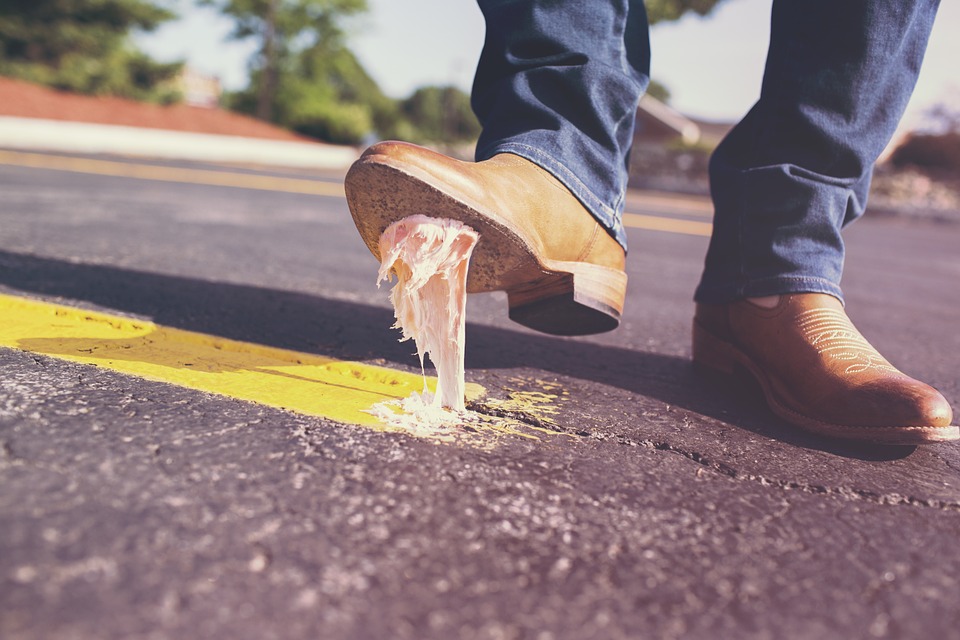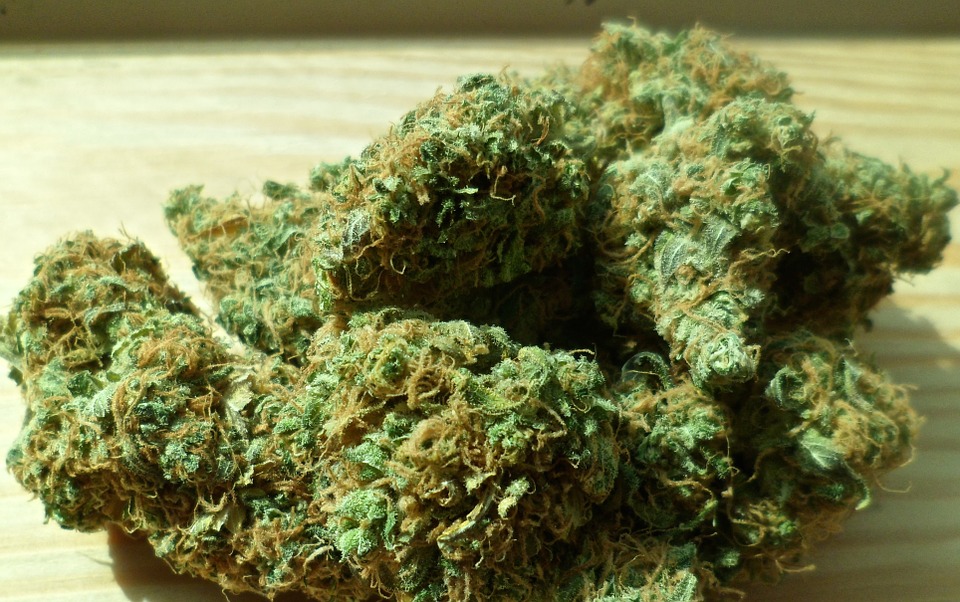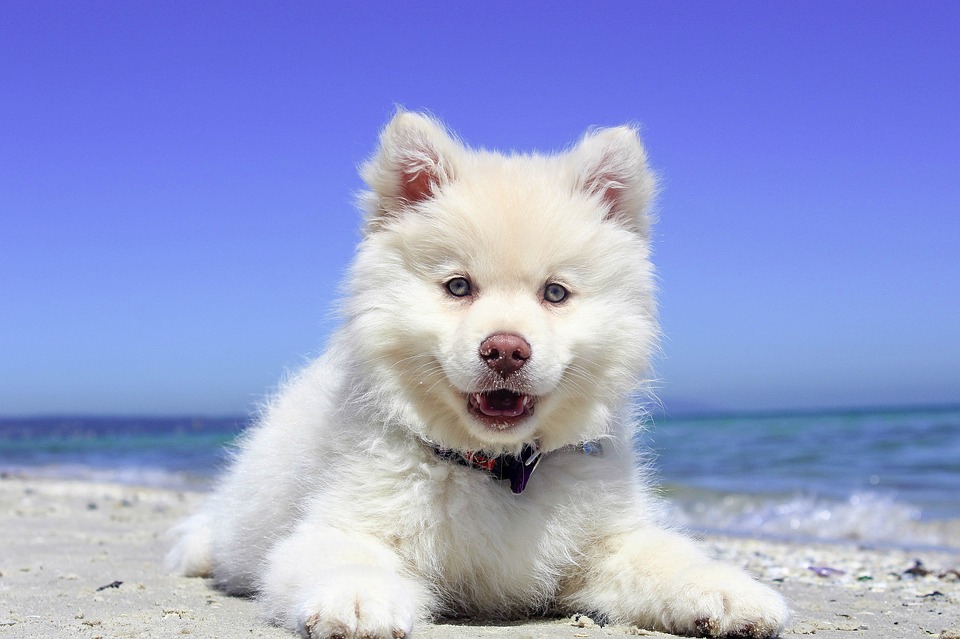If you have a dog (and you’re not evil), then chances are you adore your dog. Most dog owners would never do anything to knowingly hurt their pooch, and the fact that you make it a point to take your dog on a walk regularly – even when it’s hot, or cold, or wet, or you’re in the middle of a really good Netflix binge – is just one more testament to how you’d do anything for him.
But what if there were dangers lurking on your everyday trek that could do more harm than you know? There just might be – but after you read through this list, they won’t be able to sneak up and bite you (heh) while you’re out.
These tips come courtesy of vet Stephanie Liff, so you can trust her advice!
#5. Standing water.

Photo Credit: Pixabay
On hot days, your dog is probably tempted to stop and have a drink from whatever body of water is nearby, but, if possible, don’t let them indulge.
Ponds can contain highly toxic blue-green algae, saltwater can lead to diarrhea and dehydration, and even mud puddles can contain leptospirosis, which can be fatal if your dog isn’t vaccinated against it.
Lesson: carry water with you if you plan to be gone for awhile!
#4. Lawns that have been treated with pesticides.

Photo Credit: Pixabay
Most companies that treat lawns professionally will leave little signs letting you know there are pesticides about, and if you see them while out with your dog, it’s best to avoid them. Dr. Liff says they can cause irritated skin or vomiting – you should give your dog a bath or administer something like Benedryl if your pup seems to be suffering.
Also keep an eye out for blocks of rat poison, which can cause internal bleeding in your dog and will require a trip to the vet.
#3. Gum

Photo Credit: Pixabay
If your dog likes to taste every new object he finds, he might accidentally ingest discarded chewing gum. The Xylitol used to sweeten most gums can make your pooch woozy and weak and if he eats enough of it, he can develop liver failure inside of a week. He’ll need to see the vet!
#2. Marijuana

Photo Credit: Pixabay
With more states relaxing their laws, there’s a higher chance of your dog encountering some of the drug while out exploring. Incidents involving pets and accidental ingestion have risen in recent years, and even though most bigger dogs won’t be seriously affected, you’ll want to keep a close eye on smaller pups, which Dr. Liff says could experience low blood pressure and heart rate.
#1. Sun

Photo Credit: Pixabay
You can use sunblock on your dogs with a lot of pink skin showing through, and especially around their noses where fur is thinner. Also, make sure you’re not walking your dog on pavement that’s too hot – if it burns your bare feet, it could burn and blister their pads.
h/t: Mental_Floss
